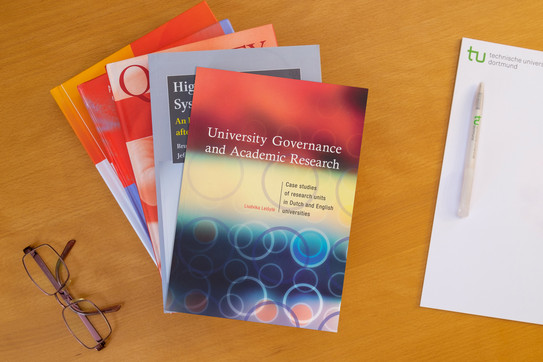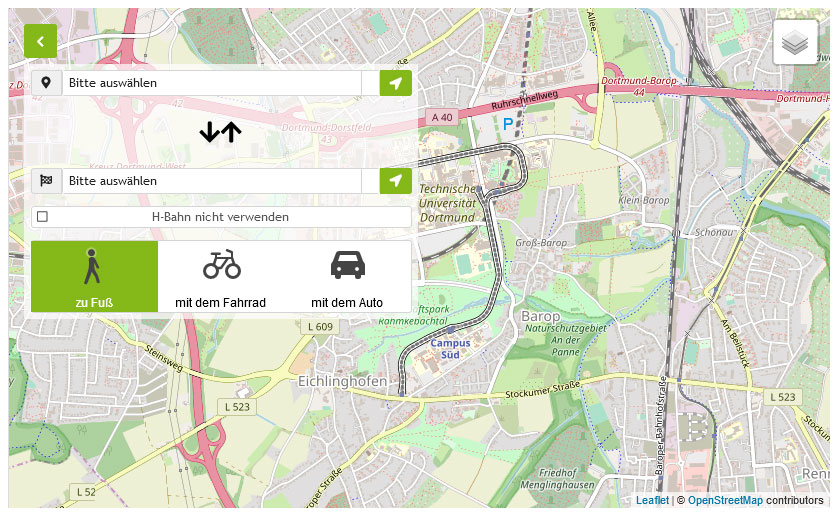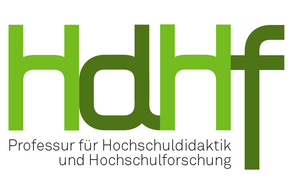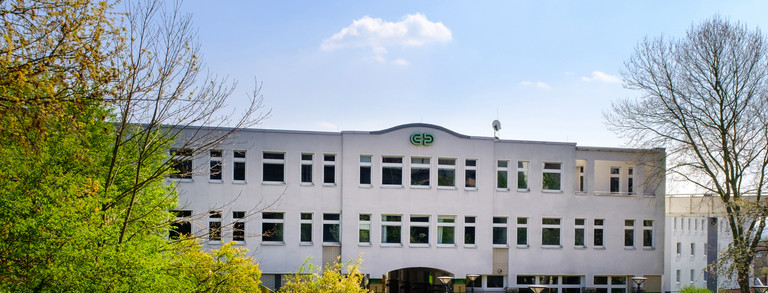University Governance and Academic Research
Case studies of research units in Dutch and English universities

Leišytė, L. (2007). University governance and academic research: Case studies of research units in Dutch and English universities. Thesis. Enschede: University of Twente.
ISBN 978-90-365-2586-2
Abstract
The central research question of our study addresses the effects of governing models on the research practices of basic research units in public universities in the fields of medieval history and biotechnology. We have used two organisational theories: resource dependence and neo-institutional theory. They provided a range of possible responses of research units to changes in institutional environments. Based on the work of Oliver (1991) we have distinguished three organisational strategies: passive compliance, symbolic compliance and proactive manipulation. In order to interpret the perceptions, responses of the basic research units and the consequences for their research practices meaningfully, we have taken into account the particular characteristics of the world of research and science. For this purpose, we have used the credibility cycle model of the research organisation that was introduced by Latour and Woolgar (1979).
Our analysis has shown that respondents in all cases of our study perceive their institutional environments as changing. All eight basic research units in the two countries respond to their changing institutional environments by attempting to reduce uncertainty as predicated by resource dependence theory and to maintain stability in their core activities as predicted by neo-institutional theory. They also try to maximise their credibility building prospects by either adhering to the rules and norms of their (changing) institutional environments or by actively engaging in a dialogue with their audiences, especially with their major resource providers. In their responses the basic research units are using different strategies from passive and symbolic compliance to pro-active manipulation. All research units prefer to maintain stability in their activities, but not all of them have been equally successful in this respect. This study has shown that shifts in governance influence research practices to a certain extent.





